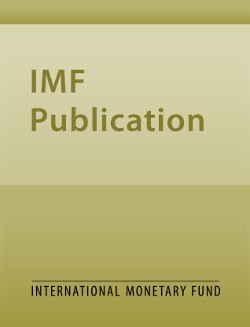
Financial Repression is Knocking at the Door, Again
Financial repression (legal restrictions on interest rates, credit allocation, capital movements, and other financial operations) was widely used in the past but was largely abandoned in the liberalization wave of the 1990s, as widespread support for interventionist policies gave way to a renewed conception of government as an impartial referee. Financial repression has come back on the agenda with the surge in public debt in the wake of the Global Financial Crisis, and some countries have reintroduced administrative ceilings on interest rates. By distorting market incentives and signals, financial repression induces losses from inefficiency and rent-seeking that are not easily quantified. This study attempts to assess some of these losses by estimating the impact of financial repression on growth using an updated index of interest rate controls covering 90 countries over 45 years. The results suggest that financial repression poses a significant drag on growth, which could amount to 0.4-0.7 percentage points.
Publication date: September 2019
ISBN: 9781513512488
$18.00
Add to Cart by clicking price of the language and format you'd like to purchase
Available Languages and Formats
| English |
Prices in red indicate formats that are not yet available but are forthcoming.
Topics covered in this book
This title contains information about the following subjects.
Click on a subject if you would like to see other titles with the same subjects.
Financial Repression , Financial Liberalization , Financial Regulations , Growth
Also of interest
Summary
Copyright © 2010 - 2026
Powered by:
AIDC



